Sulphur-crested cockatoos in Sydney, Australia, are famous not only for their impressive appearance but also for their incredible intelligence.
Scientists have noted their unique behavior: finding their way to open public drinking fountains to quench their thirst, a skill that requires complex dexterity and coordination.
This behavior was observed and recorded by researchers, including Lucy Aplin from the Australian National University, who found that the parrots first used one paw to hold the water tap, then used their beak and other paw to turn the handle.
What's remarkable is that in order to create enough force to compress the spring inside and get the water to flow out, they have to deliberately tilt their entire body to one side before turning back to enjoy the cool water.
After an animal behaviourist stumbled upon the phenomenon at a park in Sydney's west, the team set up cameras near a water tap in the Charlie Bali Sanctuary to monitor and record the details.
The results of the monitoring showed that about 70% of the parrots in the local flock tried to use the water hose, and half of them were successful. Another interesting point is that these parrots are very patient, they often line up neatly and wait their turn, sometimes up to 10 minutes.
Scientists believe that this may be a "cultural tradition" that has been formed and spread among the local parrot community. Previously, cockatoos in the south of the city were also famous for their "tradition" of opening household trash cans to look for food.
While animal cultures are increasingly being documented across species, specific “drinking cultures” like this are rare, says Aplin. Another known example is chimpanzees using moss sponges to drink water.
Currently, researchers are still looking deeper into why these parrots spend so much time and effort using public water taps, when there are still natural water sources such as streams nearby.
There are a few theories: perhaps the water fountain is a safer, less predatory place to quench its thirst. It’s also possible that the behavior isn’t just for drinking, but also a way to foster social cohesion within the herd.
Or, more simply, perhaps they prefer the taste of tap water to water from potentially murky streams. All of these possibilities are under scrutiny./.
Source: https://www.vietnamplus.vn/bat-ngo-loai-vet-biet-xep-hang-dung-voi-nuoc-cong-cong-nhu-nguoi-post1042481.vnp








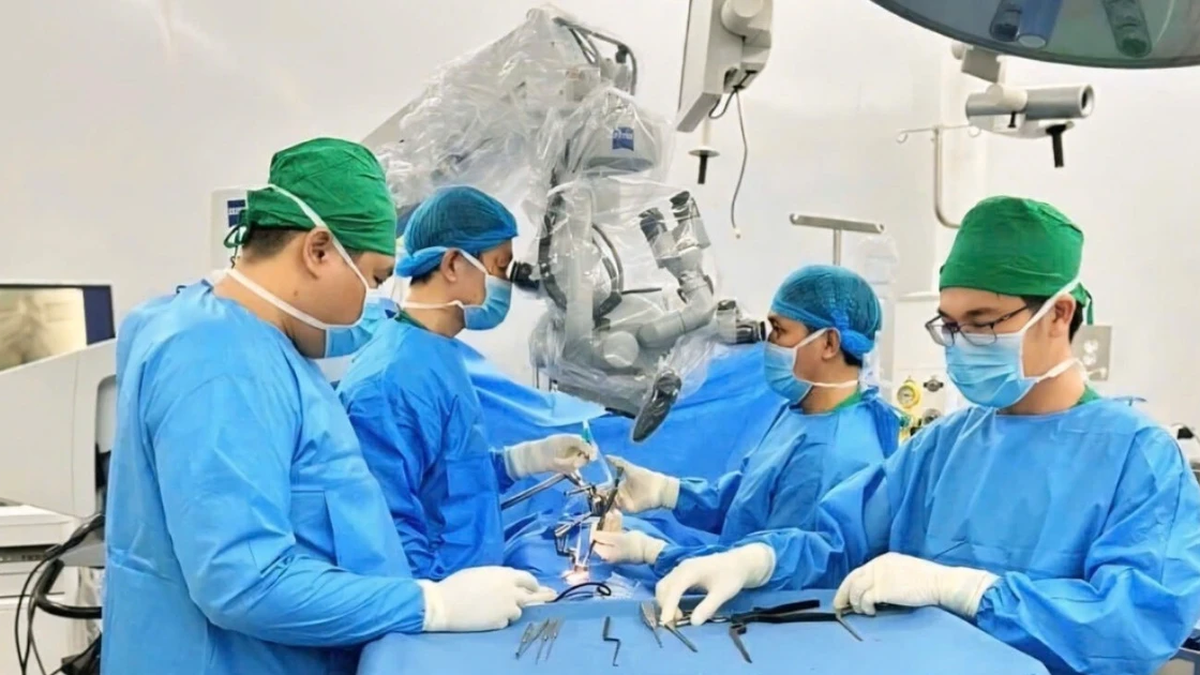
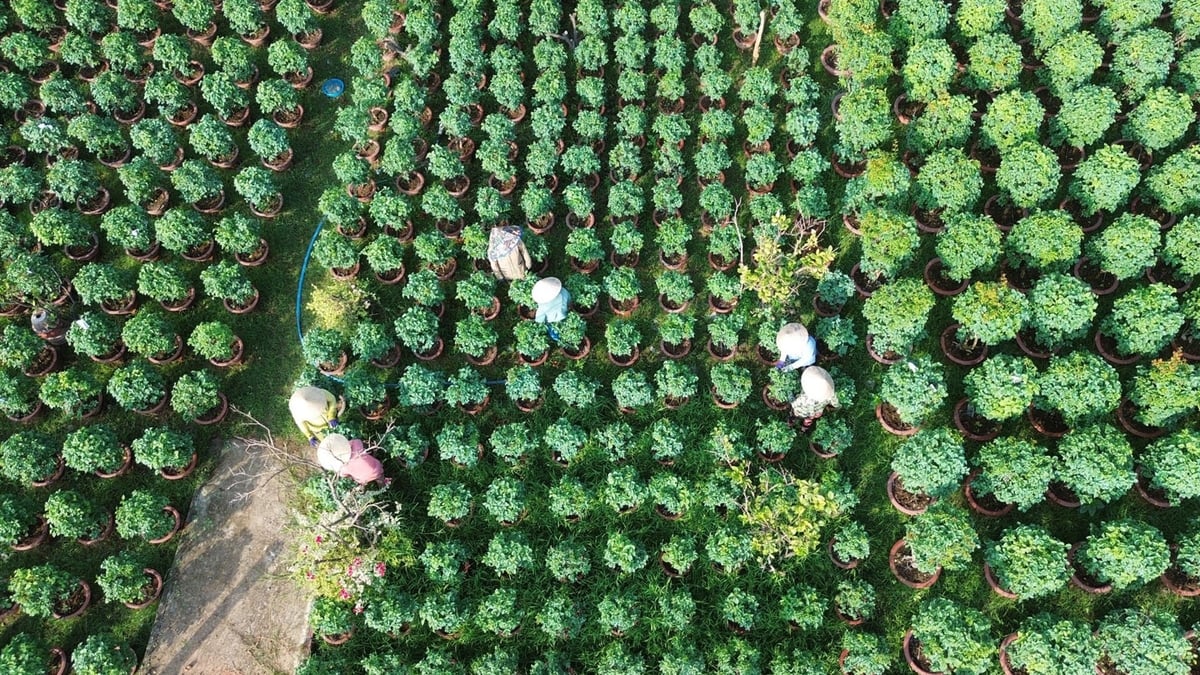
















![[Photo] Politburo works with Standing Committees of Lang Son and Bac Ninh Provincial Party Committees](https://vphoto.vietnam.vn/thumb/1200x675/vietnam/resource/IMAGE/2025/8/20/0666629afb39421d8e1bd8922a0537e6)
![[Photo] Prime Minister Pham Minh Chinh receives Australian Foreign Minister Penny Wong](https://vphoto.vietnam.vn/thumb/1200x675/vietnam/resource/IMAGE/2025/8/20/f5d413a946444bd2be288d6b700afc33)




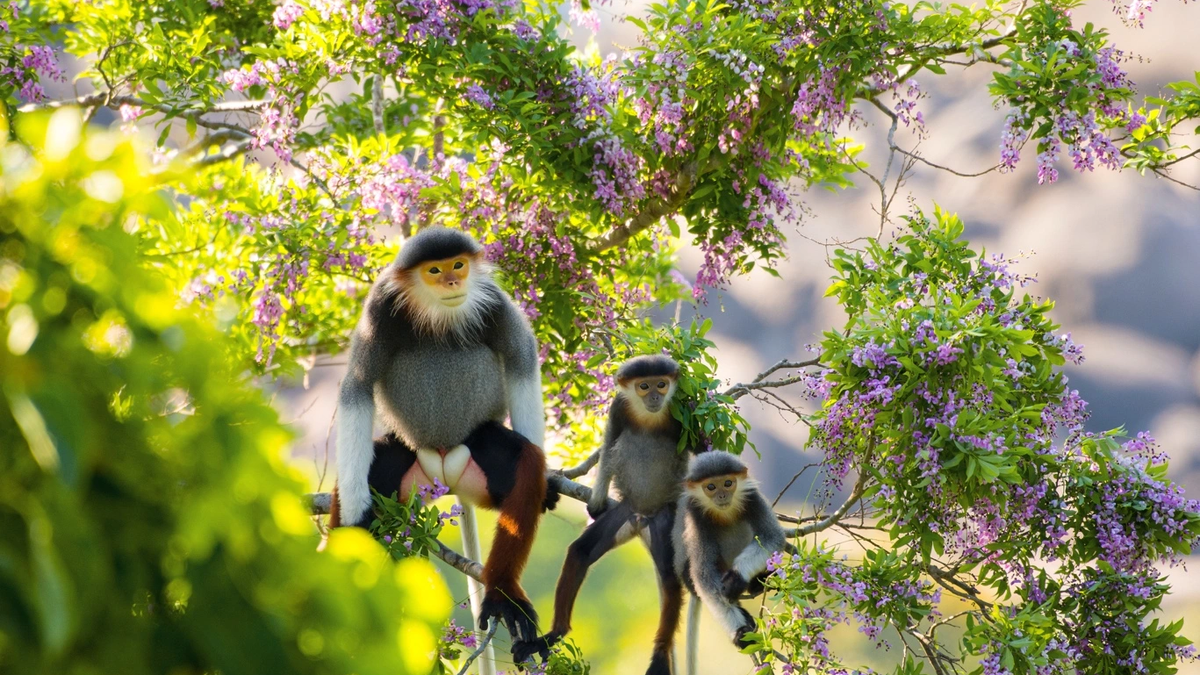





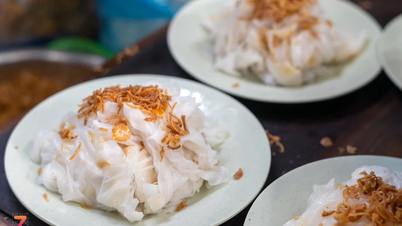













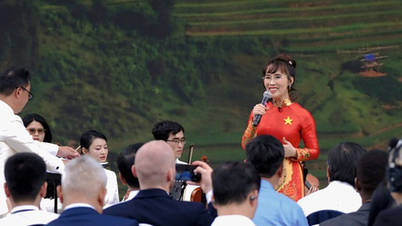



























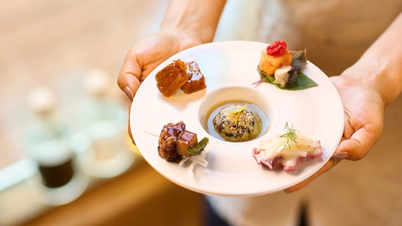









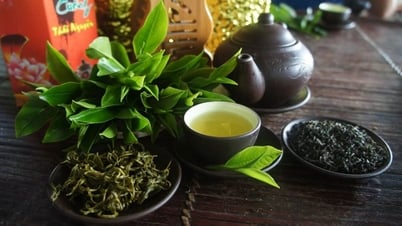

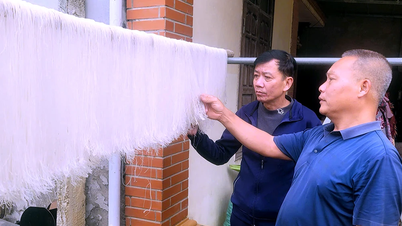



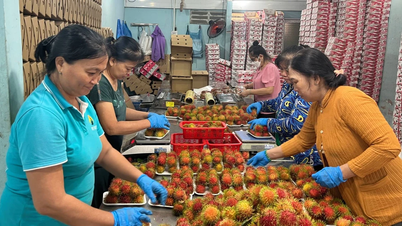






Comment (0)